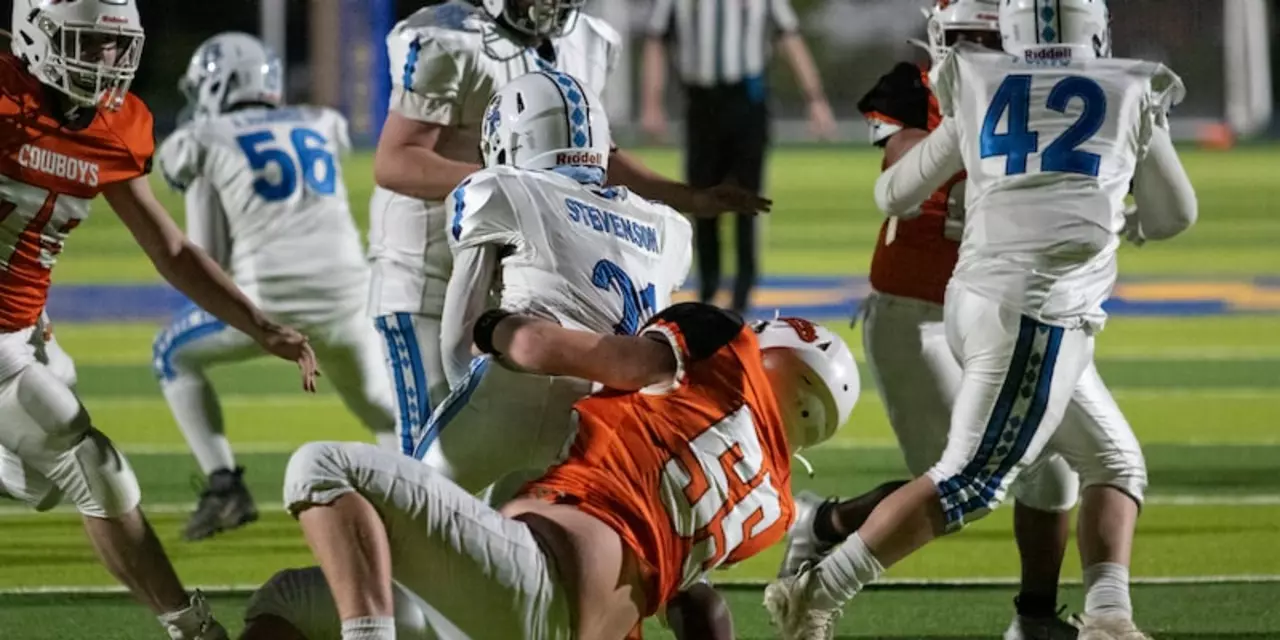Days in Sports – How Game Days, Weekends, and Seasons Shape the Action
When talking about Days, the calendar units that define when games, tournaments, and trainings happen. Also known as calendar days, they set the rhythm for athletes and fans alike. A Game Day, the specific day a match is played is a prime example, while a Weekend, the two‑day block most fans rely on for live sport often drives higher attendance. The Season, the series of days spanning a sport’s competitive period strings these individual days together into a narrative. In short, Days are the backbone of any sports schedule, linking preparation, performance, and fan experience together.
Why does the right day matter? First, a Game Day creates a focal point for teams to peak physically and mentally; coaches align training loads so athletes hit their prime on that exact date. Second, weekends pull in casual viewers who might otherwise skip weekday broadcasts, boosting ticket sales and TV ratings. Third, the Season layout determines how quickly a league can crown a champion, influencing everything from player contracts to sponsor deals. For instance, a condensed season squeezes games into fewer days, raising injury risk, while a stretched season spreads excitement over months, keeping fan interest alive. These dynamics illustrate the semantic connections: Days encompass Game Day, Game Day influences fan attendance, and Season links multiple Days into a competitive story. Understanding these links helps fans plan trips, businesses schedule promotions, and clubs optimize performance cycles.
What You’ll Find Below
The posts that follow dive deep into real‑world examples of how days shape sports. You’ll read about why Los Angeles finally got NFL teams, how college athletes balance Guard duty with soccer matches, and even why the “witching hour” on NFL Sundays feels like a magical Day for drama. Other articles explore the role of luck on certain game days, the toughest Hall of Fame inductions tied to career length measured in Days, and quirky facts like which sports don’t need a ball on a given Day. Together, they show the full spectrum—from scheduling quirks to cultural moments—so you can see how every single Day counts in the world of sport.
The NFL practice week contains six days of practice. Teams are allowed to hold one practice session per day, with no more than four hours of on-field activities. There are various types of practices, such as walkthroughs, meetings, and full pads. The league also mandates two days off, which teams typically use to give players rest and recovery time. Overall, teams in the NFL will practice for four to five days per week.
Latest Posts
Struijk Red Card and Farke's Controversial Substitution Sink Leeds United 1-2 to Aston Villa
Nov 24 2025
 Sports News
Sports News